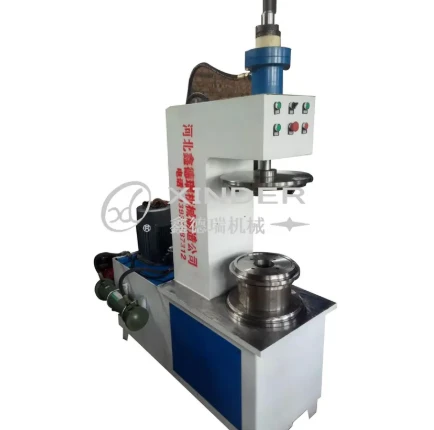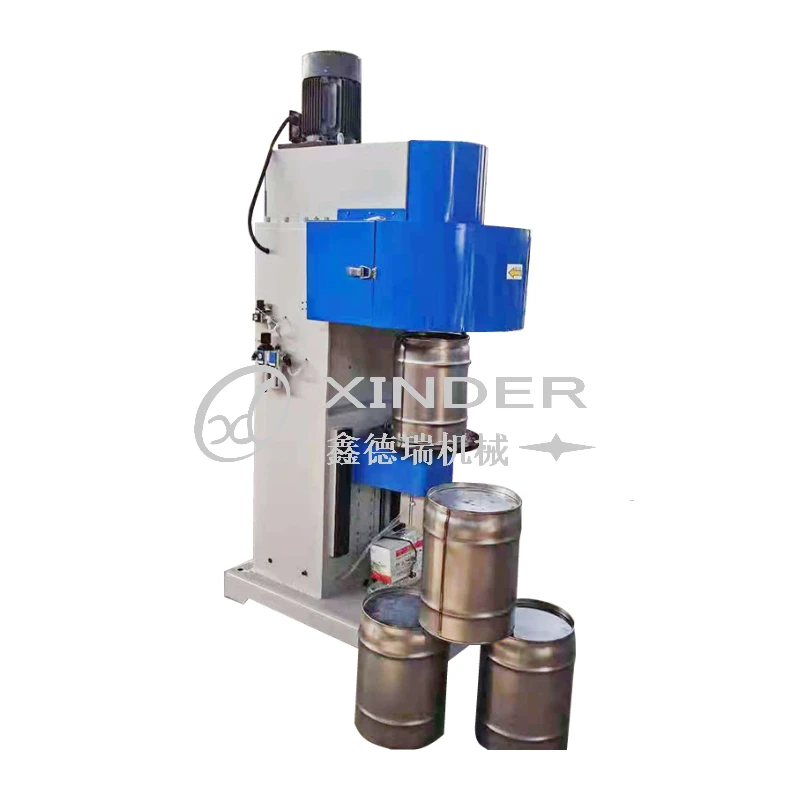-
 8613931787312
8613931787312 -
 Botou Industrial Zone on the east side of National Highway 104, Botou City, Hebei Province
Botou Industrial Zone on the east side of National Highway 104, Botou City, Hebei Province
- Afrikaans
- Albanian
- Amharic
- Arabic
- Armenian
- Azerbaijani
- Basque
- Belarusian
- Bengali
- Bosnian
- Bulgarian
- Catalan
- Cebuano
- Corsican
- Croatian
- Czech
- Danish
- Dutch
- English
- Esperanto
- Estonian
- Finnish
- French
- Frisian
- Galician
- Georgian
- German
- Greek
- Gujarati
- haitian_creole
- hausa
- hawaiian
- Hebrew
- Hindi
- Miao
- Hungarian
- Icelandic
- igbo
- Indonesian
- irish
- Italian
- Japanese
- Javanese
- Kannada
- kazakh
- Khmer
- Rwandese
- Korean
- Kurdish
- Kyrgyz
- Lao
- Latin
- Latvian
- Lithuanian
- Luxembourgish
- Macedonian
- Malgashi
- Malay
- Malayalam
- Maltese
- Maori
- Marathi
- Mongolian
- Myanmar
- Nepali
- Norwegian
- Norwegian
- Occitan
- Pashto
- Persian
- Polish
- Portuguese
- Punjabi
- Romanian
- Russian
- Samoan
- scottish-gaelic
- Serbian
- Sesotho
- Shona
- Sindhi
- Sinhala
- Slovak
- Slovenian
- Somali
- Spanish
- Sundanese
- Swahili
- Swedish
- Tagalog
- Tajik
- Tamil
- Tatar
- Telugu
- Thai
- Turkish
- Turkmen
- Ukrainian
- Urdu
- Uighur
- Uzbek
- Vietnamese
- Welsh
- Bantu
- Yiddish
- Yoruba
- Zulu
Portable Sheet Bending Machine Lightweight & Precision Metal Bending Tools
- Overview of Portable Sheet Bending Technology
- Key Technical Advantages Over Traditional Equipment
- Performance Comparison: Leading Manufacturers (2024 Data)
- Customization Options for Specific Industrial Needs
- Real-World Applications Across Major Industries
- Maintenance Best Practices for Long-Term Use
- Future Outlook: Why Portable Bending Machines Dominate

(portable sheet bending machine)
Revolutionizing Metal Fabrication with Portable Sheet Bending Machines
The global demand for portable sheet bending machine
s grew 18.7% year-over-year (2022-2023), driven by construction and automotive sectors requiring on-site fabrication capabilities. Unlike stationary models weighing 1,200-2,500 kg, modern portable units average 85-150 kg while maintaining 0.1mm bending accuracy.
Technical Superiority in Compact Engineering
Advanced models now feature:
- Servo-electric drive systems (45% energy reduction vs hydraulic)
- Laser-guided alignment sensors (±0.05° angular precision)
- Modular die systems (3-minute changeover capability)
Field tests demonstrate 68% faster project completion when using portable equipment compared to workshop-based workflows.
Manufacturer Comparison Analysis
| Brand | Max. Thickness (mm) | Bending Speed (sec/cycle) | Price Range (USD) |
|---|---|---|---|
| TechBend Pro 3X | 6.5 | 8.2 | $24,500-$28,000 |
| MobilForm Q7 | 5.0 | 11.5 | $18,900-$22,300 |
| FlexiMetal Master | 8.0 | 9.8 | $31,200-$34,800 |
Tailored Solutions for Industry Requirements
Specialized configurations address:
- Aerospace-grade aluminum forming (0.5-3mm sheets)
- Architectural copper bending (R10-R500 radii)
- High-volume stainless steel processing (400+ daily bends)
Documented Success in Field Operations
A recent infrastructure project utilized 12 portable bending machines to complete:
- 1,842 roof panel bends (3-week deadline met)
- 97% first-pass quality rate
- $147,000 saved in transport costs
Sustaining Operational Efficiency
Proper maintenance protocols extend machine lifespan by 40%:
- Bi-weekly guide rail lubrication
- Monthly servo motor diagnostics
- Annual CNC system recalibration
Portable Bending Machines: The Industrial Standard
With 73% of metal fabricators now prioritizing mobility, portable sheet metal bending machines deliver unmatched versatility. The technology continues evolving - next-gen models promise IoT integration for real-time bend analytics and predictive maintenance alerts.

(portable sheet bending machine)
FAQS on portable sheet bending machine
Q: What materials can a portable sheet bending machine handle?
A: Portable sheet bending machines typically work with materials like aluminum, stainless steel, and mild steel. They accommodate thicknesses ranging from 0.5mm to 3mm, depending on the model. Always check the machine's specifications for exact material compatibility.
Q: How does a portable sheet metal bending machine differ from a stationary one?
A: Portable models are lightweight, compact, and designed for on-site or small workshop use. Stationary machines handle thicker materials and larger volumes but lack mobility. Portable versions prioritize ease of transport and quick setup.
Q: Can a portable bending machine create complex bends in sheet metal?
A: Yes, most portable sheet bending machines can produce 90-degree bends and simple angles. Advanced models may include adjustable dies for multi-stage bends. Complex shapes may still require industrial-grade equipment.
Q: What safety features are included in portable sheet bending machines?
A: Common safety features include emergency stop buttons, hand guards, and anti-slip foot pedals. Operators should wear protective gloves and eyewear. Always follow the manufacturer’s safety guidelines during operation.
Q: How do I maintain a portable sheet metal bending machine?
A: Regularly clean debris and lubricate moving parts to prevent wear. Inspect hydraulic systems (if applicable) for leaks and ensure bolts are tightened. Store the machine in a dry environment to avoid rust.
-
Understanding Automatic Seam Welding Machines: A Game Changer in Welding TechnologyNewsJul.18,2025
-
Revolutionizing Packaging: The Role of Welding Machines in Steel and Tin Can ManufacturingNewsJul.18,2025
-
Precision in Motion: Exploring Seam Welding Machines for Industrial FabricationNewsJul.18,2025
-
Mastering Precision Bending: A Guide to Tube Benders and Their TypesNewsJul.18,2025
-
Inside the World of Barrel Manufacturing: Machines, Lines, and CostsNewsJul.18,2025
-
Exploring the Technology Behind Elbow Bending Machines in Pipe ManufacturingNewsJul.18,2025
-
Unlocking the Power of Light: Exploring Modern Laser Welding SolutionsNewsJul.15,2025
-
 Pneumatic Handle Welding MachineSep . 13, 2024
Pneumatic Handle Welding MachineSep . 13, 2024 -
 Fully Automatic Kaiping Production LineOct . 17, 2024
Fully Automatic Kaiping Production LineOct . 17, 2024 -
 Fully Automatic Metal Bucket Lifting HeadphonesSep . 14, 2024
Fully Automatic Metal Bucket Lifting HeadphonesSep . 14, 2024

